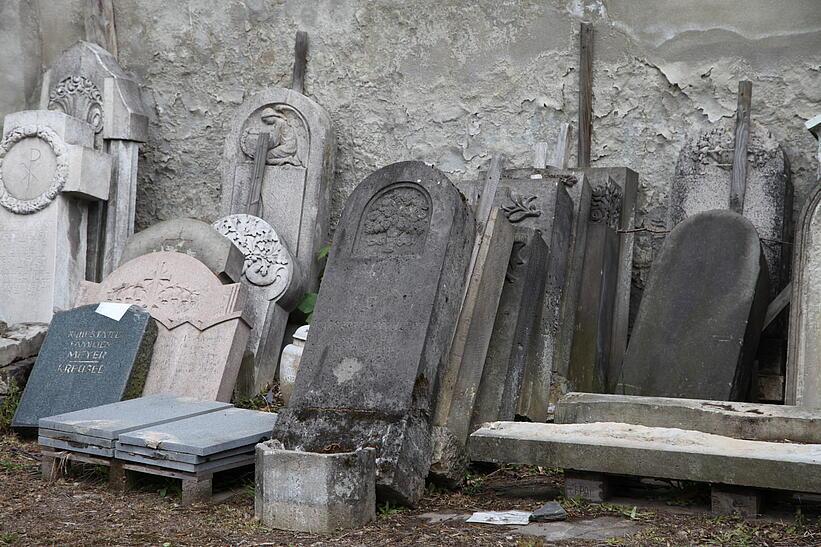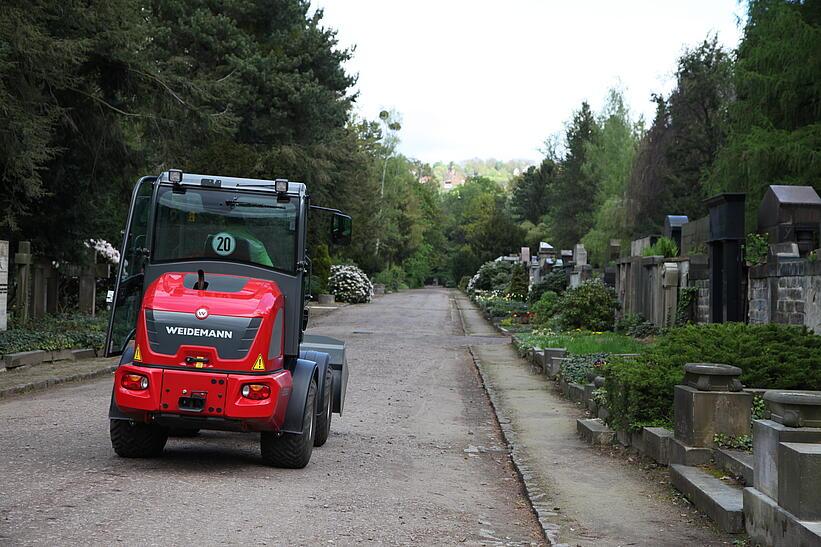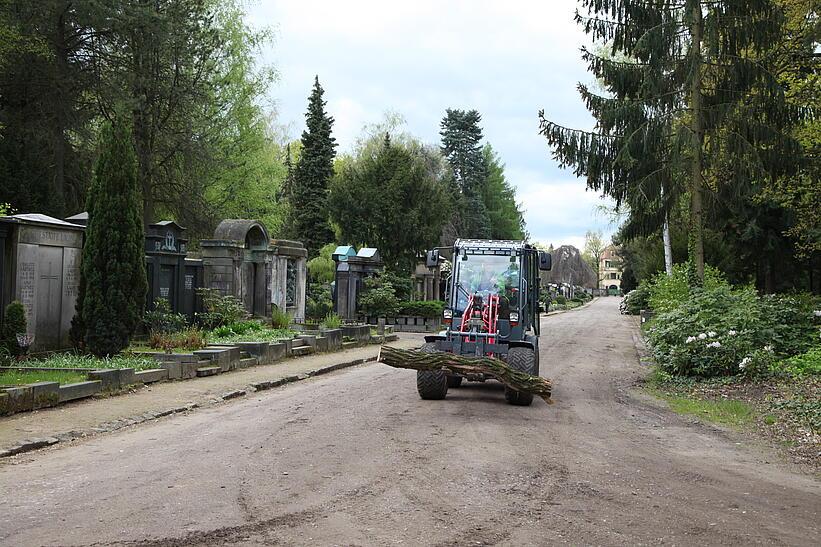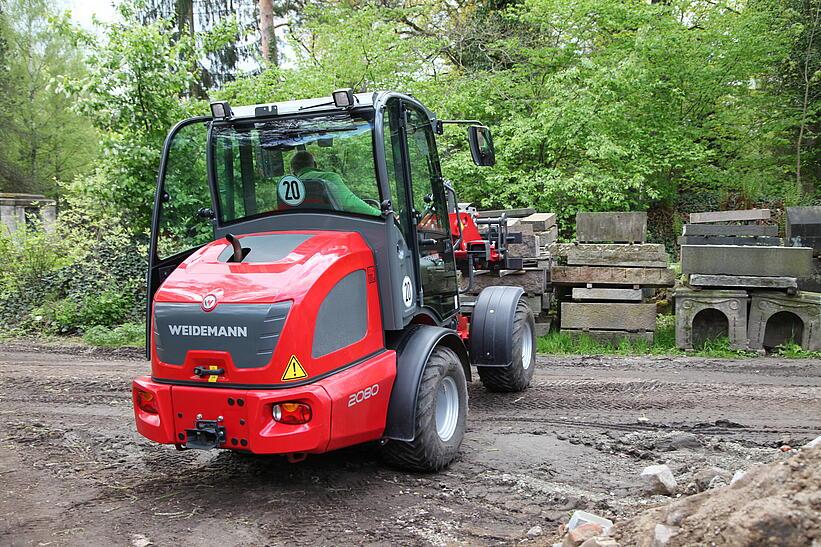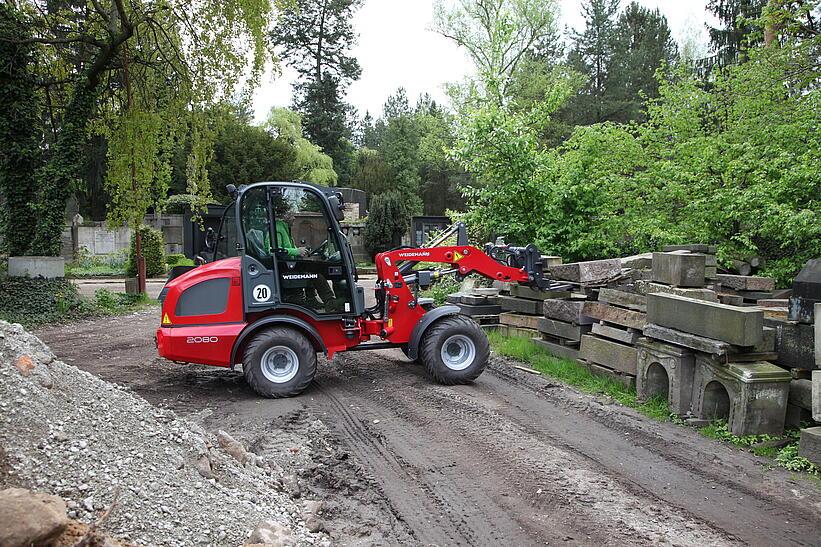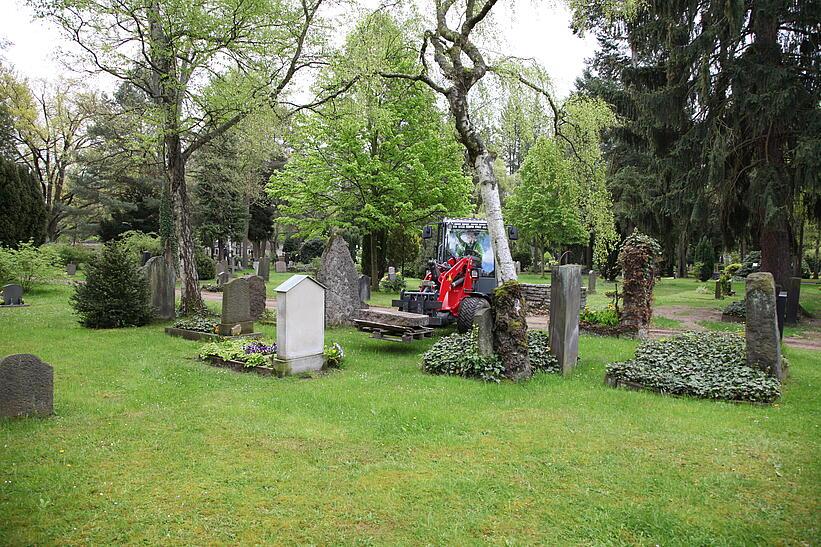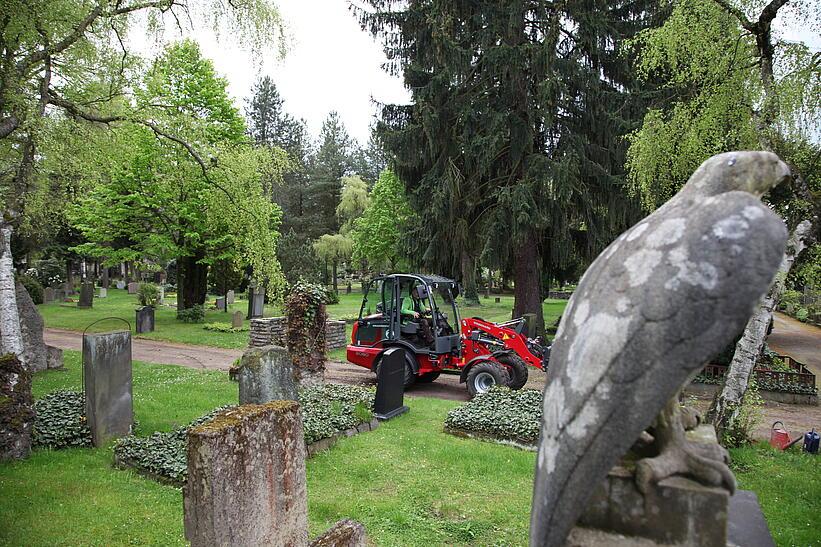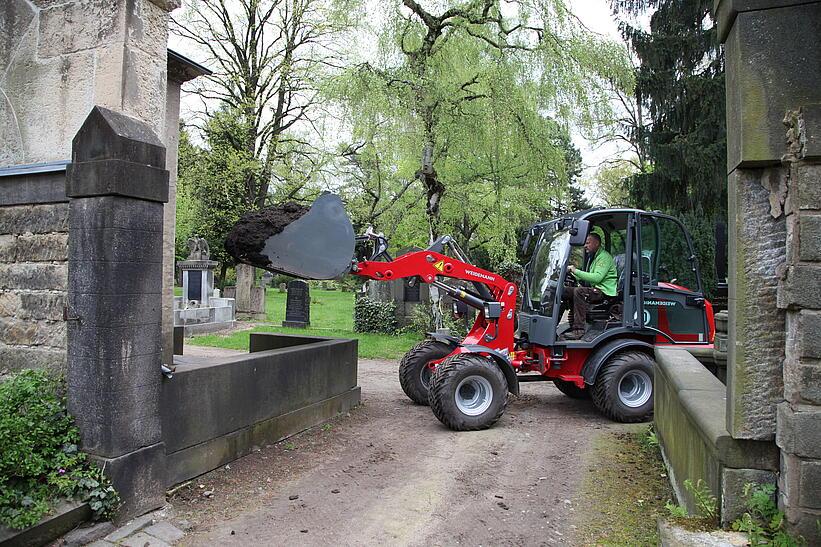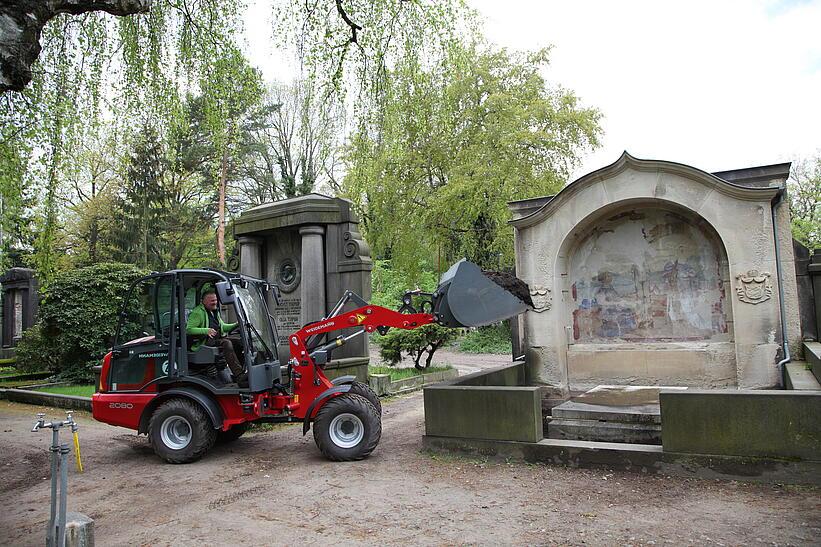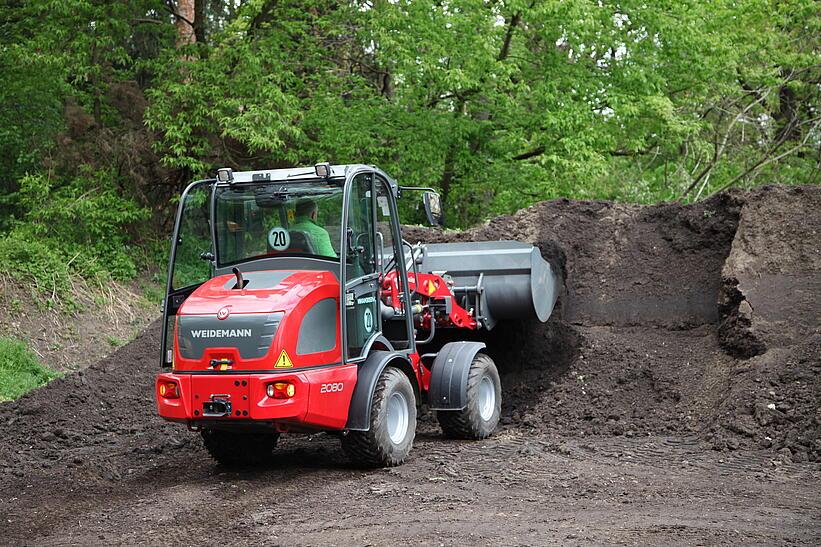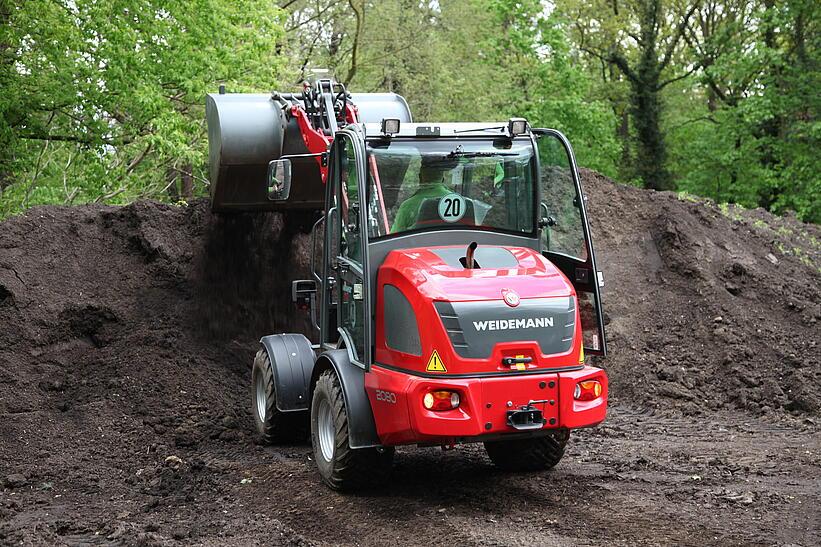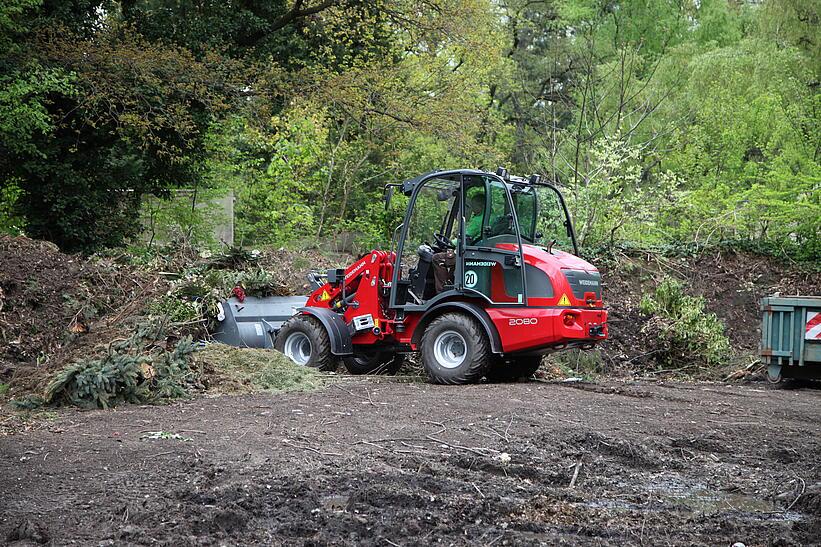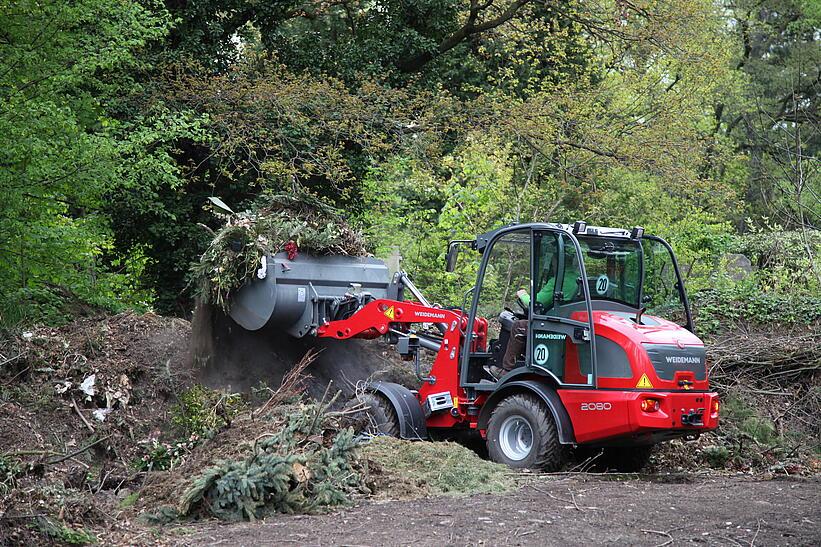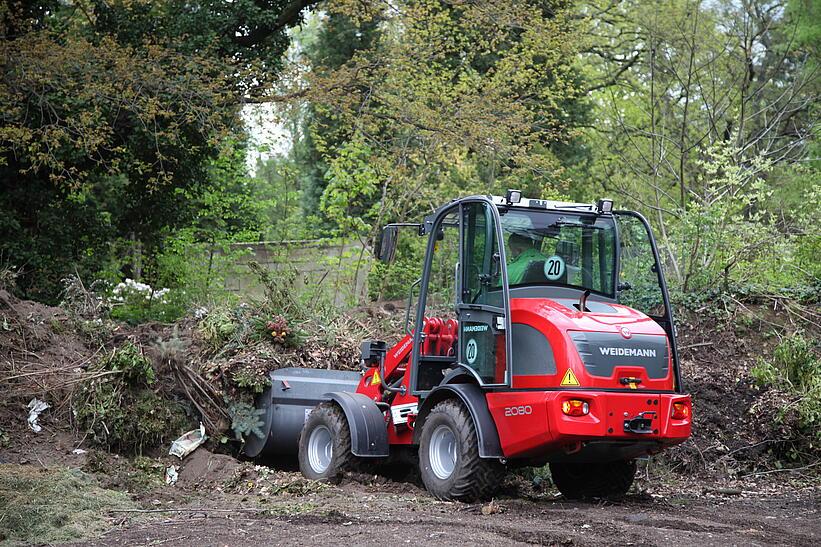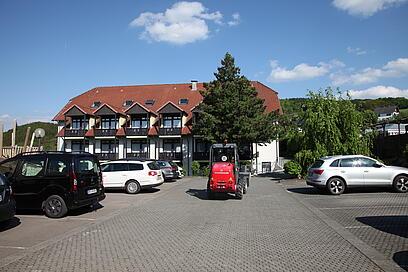For the Living and for the Dead
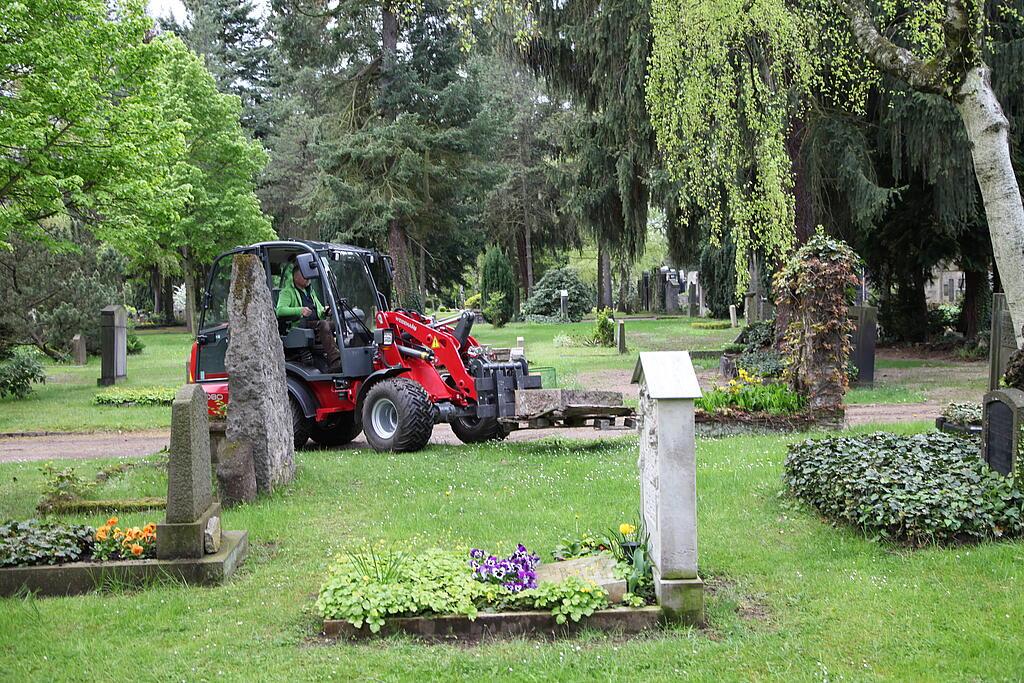
A place of diverse encounters: The Protestant-Lutheran Johannisfriedhof cemetery, one of the largest and most beautiful cemeteries in Germany, is located in the Dresden district of Tolkewitz. The cemetery relies on help from Weidemann to maintain and care for the expansive park facilities.
The "New Johannisfriedhof" in Dresden has been around since 1881. Patriarchal family graves with elaborately designed monuments and memorial stones can be found on the nearly 25 hectare park facility in close proximity to modern casket, urn and tree graves. But far from all of the 37,500 grave locations are occupied. "At the moment around 9,000 of our graves are occupied" knows cemetery director Beatrice Teichmann. In addition, there are about 3,000 monuments from earlier days. Many people these days can no longer take care of maintaining the graves of their relatives so that the cemetery's own nursery of the Johannisfriedhof takes over maintenance of nearly 2,500 graves. Diverse work needs to be done in the management, care and maintenance of the resting places and park facilities, which is why the cemetery management looked for appropriate mechanical support in early 2017.
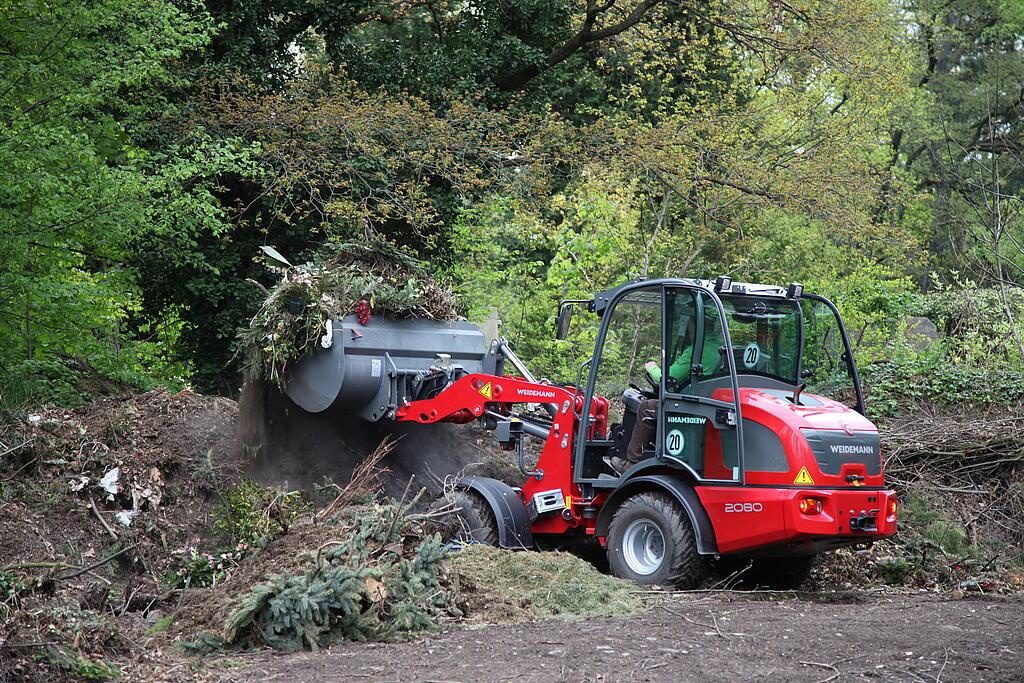
Detailed test under real application conditions.
The Weidemann distributor Arneuba was finally awarded the contract with its local partner, Kändler Garten- & Kommunaltechnik. To be able to test out the machine, Frank Süß from Arneuba provided a Weidemann 2080 for a few days. "It was not easy to have the suitably-equipped machine ready at short notice", explains the salesperson, "the Johannisfriedhof cemetery had high standards that we had to meet".
For example, Frank Süß was not able to deliver the wheel loader with the desired multi-purpose bucket on short-term, but "instead I equipped the 2080 with an oversized earth bucket that we had in stock". What was initially a shortcoming, proved to be a blessing, because the work with the earth bucket was done so well that it was also purchased in the end. "The number of different attachments that can be quickly changed and universally used was an important reason for our decision", explains Beatrice Teichmann. The cemetery management is currently planning on setting up a new waste collection system where the Weidemann is also to be used. The weight, width and tyres of the machine were also very important to the cemetery when choosing the right loader. The Johannisfriedhof facility has mostly sandy soils with narrow, old and sand-washed new paths. The machine had to be narrow enough and at the same time not place a great deal of weight on the ground so as not to excessively strain the meadows and the paths. The Weidemann 2080 with a total width of 1.68 m (over tyres) and ground-friendly lawn tyres met this important criterion comparatively well.
Pleasant product design.
Sven Petzold, one of the four Weidemann operators at Johannisfriedhof, adds: "We have to do a lot of our work during the day when many visitors are at the cemetery. A Weidemann is not as conspicuous as a construction machine, which is much better for our visitors". The noise level was also lower compared to other loaders, which in turn increases the level of acceptance during ongoing operation. The Weidemann 2080 just fits well with the Johannisfriedhof in Dresden.





